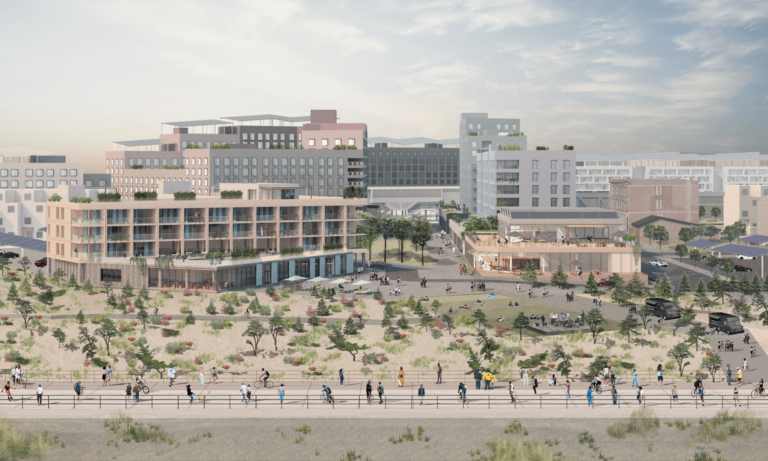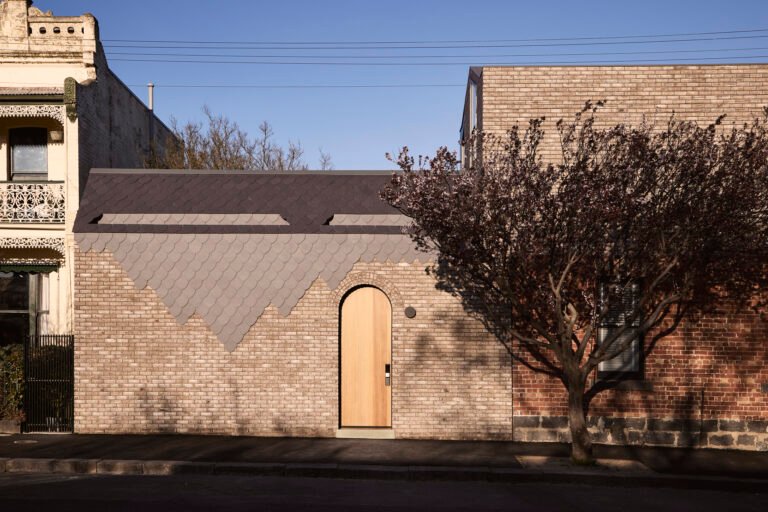The Second Studio Podcast: Interview with Stuart Graff
The Second Studio Podcast: Interview with Stuart Graff

The Second Studio (formerly The Midnight Charette) is an explicit podcast about design, architecture, and the everyday. Hosted by Architects David Lee and Marina Bourderonnet, it features different creative professionals in unscripted conversations that allow for thoughtful takes and personal discussions.
A variety of subjects are covered with honesty and humor: some episodes are interviews, while others are tips for fellow designers, reviews of buildings and other projects, or casual explorations of everyday life and design. The Second Studio is also available on iTunes, Spotify, and YouTube.
This week David and Marina are joined by Stuart Graff, President and CEO of the Frank Lloyd Wright Foundation to discuss the foundation’s mission; the role cultural institutions play in supporting creative professions; preserving and furthering Wright’s legacy through programs and collaborations; intellectual property; Stewart becoming CEO of the foundation; running a successful non-profit; Frank Lloyd Wright’s principles; and more.
Highlights & Timestamps
Frank Lloyd Wright’s Legacy. (05:39)
For Wright, architecture isn’t buildings, buildings are a form of architecture. [Architecture] is this sense of continuity and connection with everything around us. You might think of architecture as an ecosystem in Wright’s world; how we relate to the things around us, and they relate to us and we create this self-sustaining… where everything grows and thrives through this sense of connection rather than competing in this destructive way for resource. (12:27)

The role of cultural institutions play in the world of design. (13:23)
Why the Foundation harnesses preservation for the future. (16:26)
Wright also saw architecture and the principles of architecture as responding to the evolving needs and changes of society and the world around us. So how could we then establish an orthodoxy for something that by the definition of its creator, Frank Lloyd Wright, was intended to change over time? So we veryquickly abandoned all notions of orthodoxy. I love Heterodoxy. I think the role of the Frank Lloyd Wright Foundation and I’ll go as far as to say, the role of any cultural institution, is to create a space for dialogue, for an exchange of ideas and not only ideas among present scholars and enthusiasts and participants but also a dialogue between past or among past, present and future. (24:06)

How Frank Lloyd Wright’s work had inspired Stuart from a young age. (33:36)
We do have these kids programs and a lot of people think it’s about getting kids to want to be architects, or getting kids to be Frank Lloyd Wright enthusiasts, or to learn about design, sustainability, or some STEM education things. That’s all true, but if the only thing a kid learns is that their original voices and the way they think about the world is something that’s worth expressing, [then] we are so much better off as a society, if every day a kid learns that about themselves, learns to use their voice. And I think that’s a part of Frank Lloyd Wright story’s too. (1:22:47)

How Stuart became the President and CEO of the Frank Lloyd Wright Foundation. (41:20)
What it takes to run a non-profit organization. (45:10)
How designers today should be implementing Frank Lloyd Wright’s principles in their work. (57:57)
Appreciating Frank Lloyd Wright’s work beyond his “Starchitect” status. (01:11:40)

Wright often said that his favorite building was the next one and I’ll just say this; The answer depends on what’s going on at the moment, where you are. But I have never been in a Wright building that failed in some way to move me, to make me think differently about the world around me. And that should be as these buildings are preserved, as historic sites, houses, museums, whatever you want to call them. If they help change our minds about the world, then Wright is still doing his work. (1:32:50)








